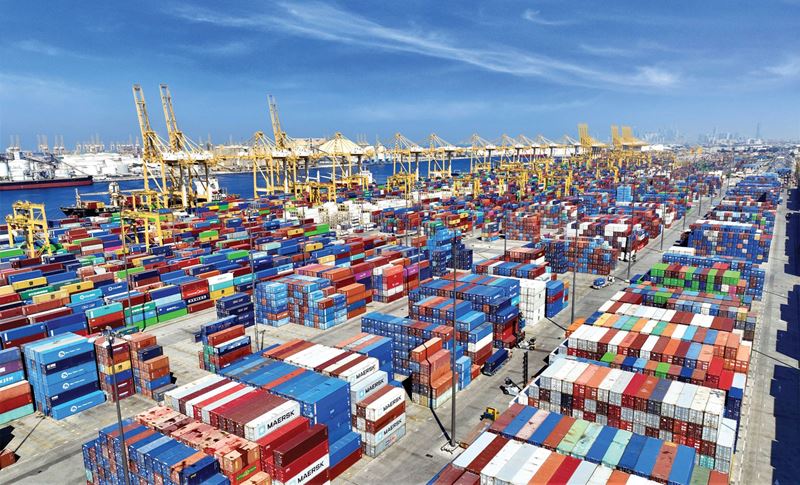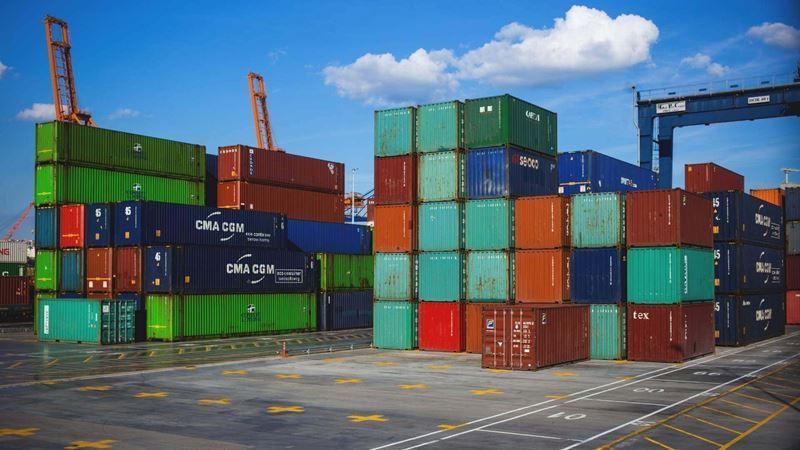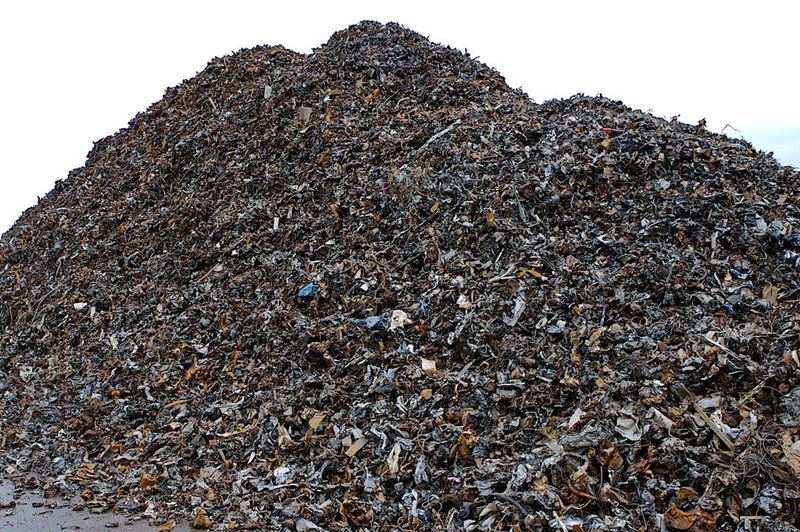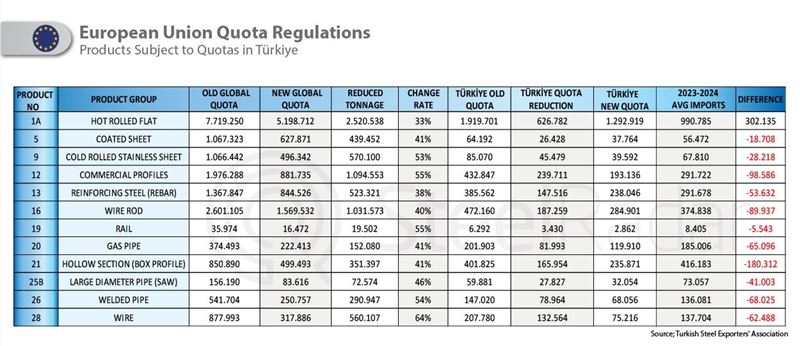According to data from England’s Office for National Statistics (ONS), annual economic growth stood at 1.2%, slightly below the 1.5% y/y increase recorded in the previous quarter. Nonetheless, the figures underscore that England has maintained annual growth above 1% since Q2 2024.
Economists note that this resilience comes despite the challenges posed by Chancellor Rachel Reeves’s GBP 26 billion capital tax initiative, energy price increases outpacing inflation, and elevated taxes on residential property purchases. Reeves has previously emphasized that economic growth remains a top priority, aiming to boost productivity and support investment in the upcoming Autumn Budget.
ONS data also highlights activity in the industrial and construction sectors. In June, industrial production increase by 0.7% m/m and was increased by 0.3% y/y. The manufacturing index increased 0.5% m/m, while remaining flat year-on-year. Construction output grew 0.3% monthly and 1.5% annually, following a 0.5% y/y contraction in May.
External trade figures show that England has posted a current account deficit since September 2024. In June, exports were GBP 74.8 billion, while imports reached GBP 79.8 billion, resulting in a GBP 5 billion trade deficit. On a quarterly basis, exports increase by 1.6% and imports increased 1.4%.
Analysts argue that the ability of England’s economy to sustain growth amid tough taxation, energy price pressures, and global trade challenges reflects the effectiveness of recent fiscal and structural measures.









Comments
No comment yet.